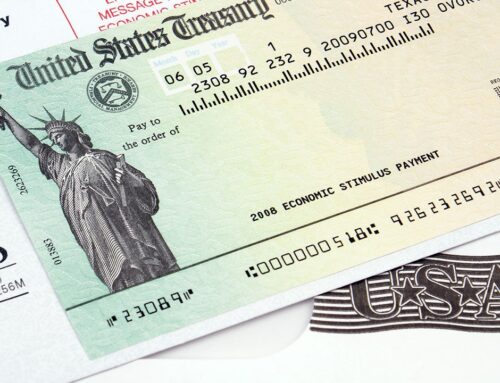Energy Credit Tips
You can trim your taxes and save on your energy bills with certain home improvements. Here are some key facts to know about home energy tax credits:
Non-Business Energy Property Credit
- Part of this credit is worth 10 percent of the cost of certain qualified energy-saving items you added to your main home last year. This may include items such as insulation, windows, doors and roofs.

- The other part of the credit is not a percentage of the cost. It is for the actual cost of certain property. This may include items like water heaters and heating and air conditioning systems. The credit amount for each type of property has a different dollar limit.
- This credit has a maximum lifetime limit of $500. You may only use $200 of this limit for windows.
- Your main home must be located in the U.S. to qualify for the credit.
- Be sure you have the written certification from the manufacturer that their product qualifies for this tax credit. They usually post it on their website or include it with the product’s packaging. You can rely on it to claim the credit, but do not attach it to your return. Keep it with your tax records.
- You may claim the credit on your 2015 tax return if you didn’t reach the lifetime limit in past years. Under current law, this credit is available through Dec. 31, 2016.
Residential Energy Efficient Property Credit
- This tax credit is 30 percent of the cost of alternative energy equipment installed on or in your home.

- Qualified equipment includes solar hot water heaters, solar electric equipment, wind turbines and fuel cell property.
- There is no dollar limit on the credit for most types of property. If your credit is more than the tax you owe, you can carry forward the unused portion of this credit to next year’s tax return.
- The home must be in the U.S. It does not have to be your main home, unless the alternative energy equipment is qualified fuel cell property.
- This credit is available through 2016.
Talk to one of the tax professionals at Fox Peterson to see how you can benefit from one or more of these tax credits.
Information from IRS Tax Tip 2016-29 was used in this blog post.




